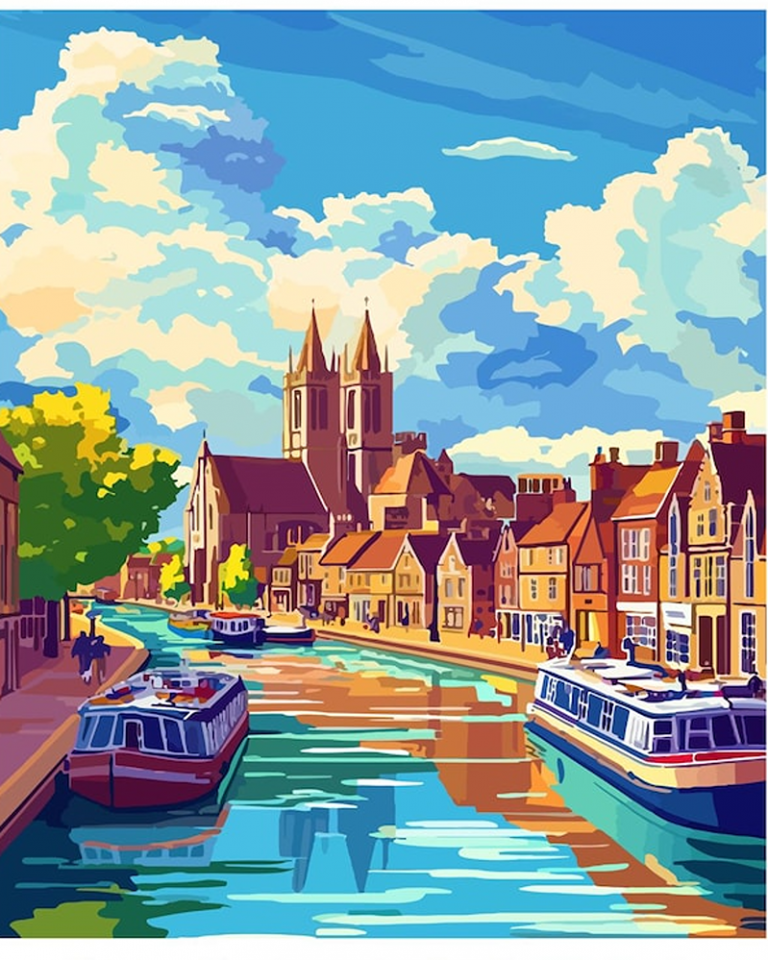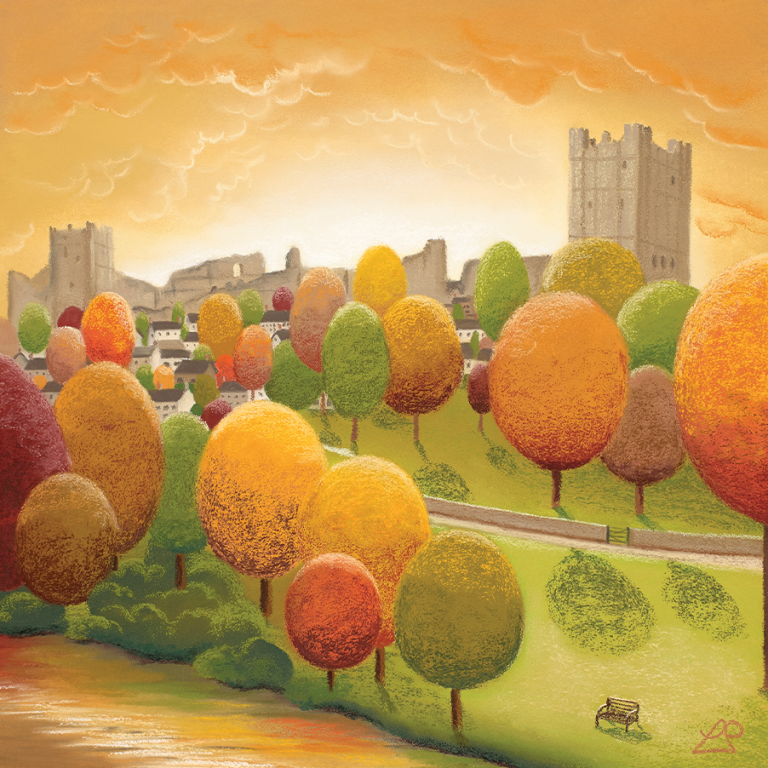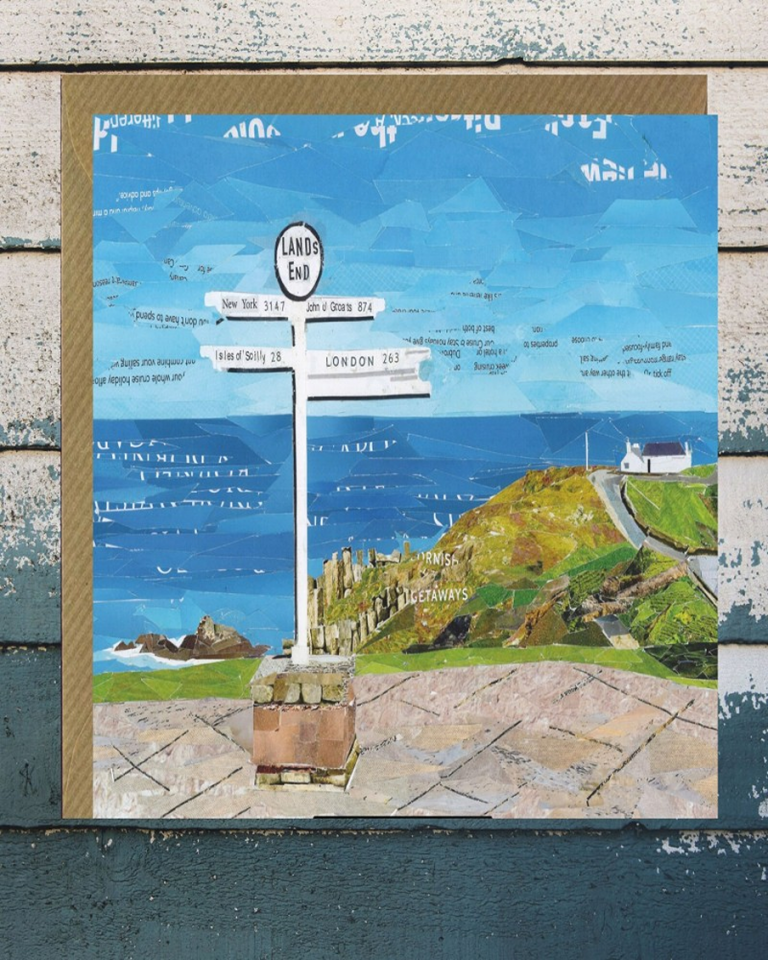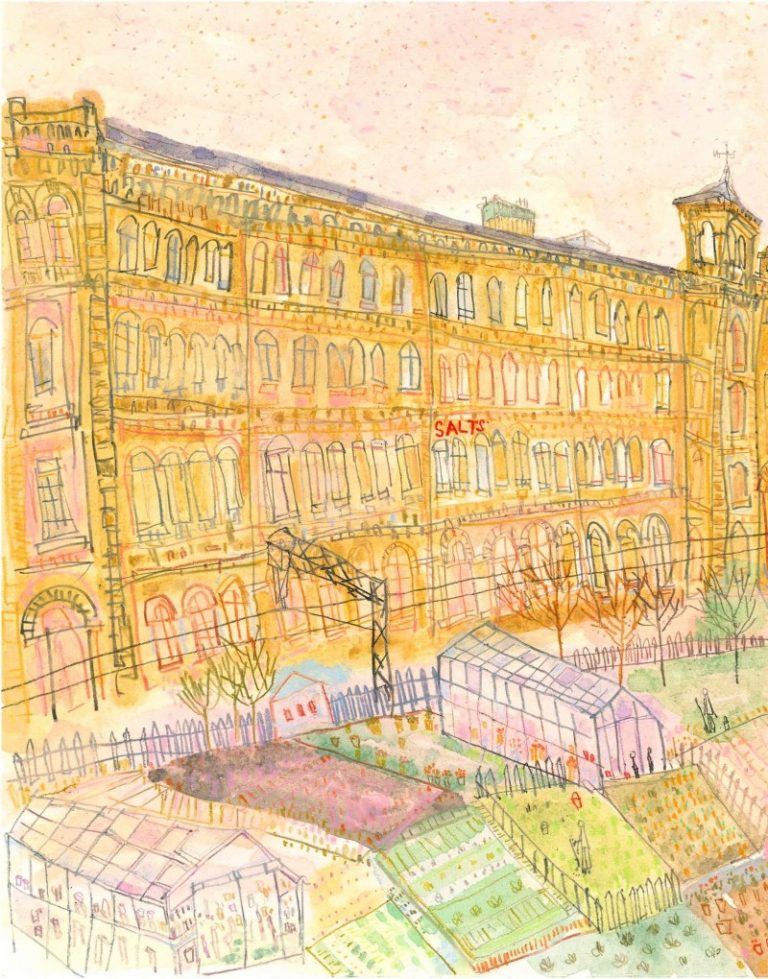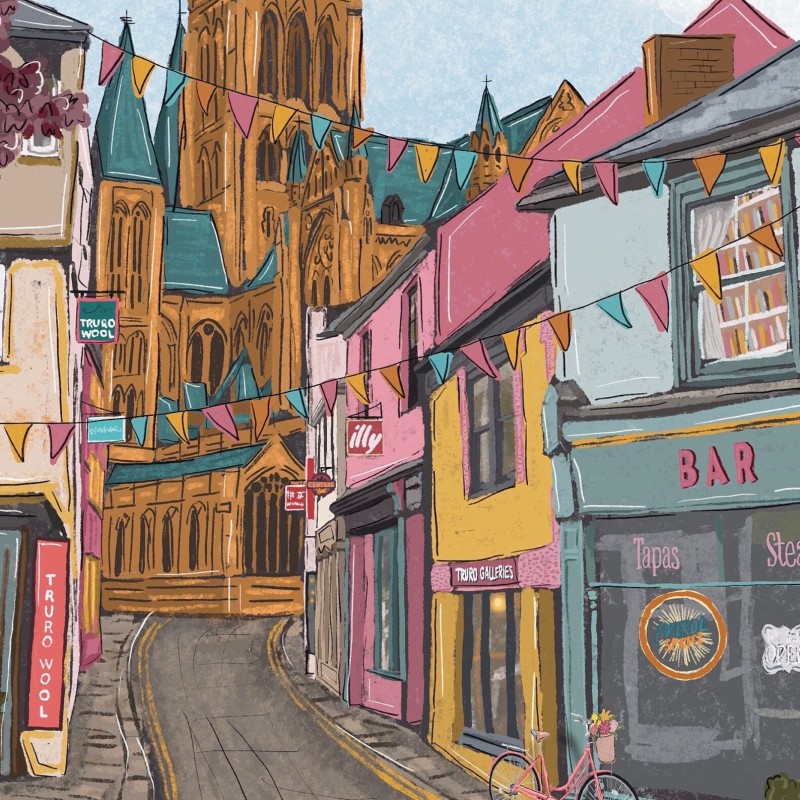
Tucked away in the heart of Cornwall, Truro stands out as the county’s only city, but it keeps a cosy, small-town vibe. Its iconic cathedral, with three towers peeking over the rooftops, feels at home in the middle of everyday streets and local shops. Here, centuries-old history meets the green rhythm of Cornish life.
Truro’s not just about its pretty skyline or cobbled lanes. It mixes heritage, striking architecture, and peaceful riverside paths with independent shops and a friendly local scene. Whether you’re interested in the city’s past, the sights, or the feel of daily life, Truro surprises you at every corner.
If walking in nature, always follow the Countryside Code, to keep all creatures safe. For coastal areas (Truro is just 9 miles from the sea), check tide times and warning flags, and read our post on keeping dogs safe by the seaside.
Truro’s History as Cornwall’s Only City
Truro’s story is tied closely to its city status, the grand Georgian influence, and its riverside roots. Unlike many places in Cornwall, Truro stands out not just for its cathedral but for the sense of identity its city charter brings, the mark left by local families, and the watery boundaries that shape every corner of the town. Let’s see how these threads are woven together in the city’s past and its character today.
City Charter and Civic Identity
Truro became a city in 1877, the same year its iconic cathedral foundations were laid. The city charter didn’t just change its official status, but set Truro apart as Cornwall’s only city. The growth from a humble market town to a city is steeped in local pride. Before the charter, Truro thrived as a small port and stannary town (where Cornish tin was weighed and taxed).
City status is more than just a title for locals. Civic pride runs high, reflected in council buildings, the city’s crest (with its castle and sailing ships), and regular events. For many, there’s a real sense of belonging, as if the city badge gives everyone a little boost. Walk the streets during civic events and you’ll spot the mayor’s chain, banners, and even the town crier in traditional dress.
Some residents still see Truro as a close-knit town, despite its official status. It’s this blend of small-town warmth and city ambition that shapes how Truronians view themselves. Most wouldn’t want the city to grow much larger; keeping the “small city” charm is a point of pride.
Georgian Architecture and the Lemon Family
Much of Truro’s best-loved look comes from its Georgian years in the 1700s and early 1800s. The boom in mining, trade, and shipping meant wealth poured into the city. That money shaped stylish terraces and squares, many of which survive today.
Some of the most striking examples include:
- Lemon Street (often called Cornwall’s finest Georgian street), with grand townhouses, high windows, and tall, elegant doorways lined with wrought iron.
- Walsingham Place and Daniell Street, both showing off classic Georgian symmetry and proportions.
- Remnants of wider estates, gardens, and older coach houses tucked behind newer shopfronts.
The Lemon family, especially Sir William Lemon, spurred this chapter in Truro’s story. As wealthy landowners and politicians, the Lemons gave their name to Lemon Street and left a mark in city politics for more than a century. Larger Lemon family estates from those days are mostly gone or divided up, but their influence is clear in city records and through the street names.
If you stroll through Truro, the neat lines and painted facades speak of an old ambition for order and beauty. These buildings help set the tone for today’s independent shops and creative spaces.
Three Rivers that Give Truro its Name
The name “Truro” comes from the Cornish “Tri-veru,” or “three rivers.” The city sits at the spot where the River Truro, River Kenwyn, and River Allen meet. These rivers not only fed the city’s growth but influenced its unique street plan.
Here’s how each river shapes the city:
- River Truro: Flows from the east, fed by tidal waters, and once lined with busy quays and cargo boats. The river’s presence made Truro a trading port and centre for local markets.
- River Kenwyn: Runs down from the north, threading through parkland and under bridges. Flooding sometimes threatened the lower parts of the city, and the Kenwyn has been tamed with better defences over the years.
- River Allen: Joins from the northwest, winding quietly along leafy banks and under the old city centre.
These rivers form a rough triangle, which hemmed in the city’s original boundaries and shaped roads and bridges. The riverbanks are still key places for walks, city parks, and greenery.
It’s easy to spot where the old quays and walls once stood, especially near Lemon Quay and the Cathedral Green. Even today, the movement of water and the crossing of bridges give the city its rhythm and edge.
Together, Truro’s charter, Georgian style, and riverside setting create a city like no other in Cornwall. The past stays alive, not only in the bricks and mortar but in everyday routine, local events, and even the city’s name.
Truro Cathedral – Heart of the City

Walk up any street in Truro and you cannot miss the cathedral’s three spires. This landmark sits in the middle of the city, anchoring the skyline and daily life. Built in the late 1800s, its grand arches and soaring towers come as a surprise to many first-time visitors.
The cathedral gives Truro an energy, drawing people in for faith, music, and community events. It’s not only the spiritual heart of the city but also a space where everyone, local or visitor, feels part of something special.
Construction and Architectural Highlights
Truro Cathedral is a striking example of Gothic Revival architecture, a style that looked back to medieval times for inspiration. The build kicked off in 1880 and took more than thirty years to finish.
Architect John Loughborough Pearson designed the main structure, setting a high bar with pointed arches, clustered columns, and a vast central nave. After Pearson’s passing, his son, Frank Loughborough Pearson, carried on the work and guided the finishing touches.
There are plenty of details that may surprise you:
- Three Spires: Unlike most English cathedrals, Truro boasts three spires, and the central one rises nearly 76 metres (250 feet). These towers can be seen across the city, and they reflect in nearby rivers after rain.
- Stained Glass Windows: The cathedral’s stained glass tells the story of faith, history, and local life. You’ll spot scenes from the Bible, views of Cornwall, and colourful coats of arms. Light pours through these windows, washing the interior with deep reds, blues, and greens.
- Ribbed Vaulting: Inside, look up to see dramatic curves in the stonework supporting the ceiling. These Gothic ribs pull your gaze upward and add to the sense of space.
- Carved Choir Stalls and Cathedral Organ: Made with dark wood and intricate designs, the choir stalls are a highlight. The organ, with thousands of pipes, often fills the nave during services and concerts.
- Victorian and Modern Touches: While much of the building is Victorian, modern updates blend with the old. The polished marble floors and restored spaces keep the cathedral in use for all kinds of gatherings.
From every angle, this building sets the tone for the city: proud, historic, and alive with daily activity.
Community and Cultural Events
Truro Cathedral is much more than a place of worship. The calendar here is packed with events that bring the community together, offering something for everyone throughout the year. Locals and visitors fill its seats or spill into the streets outside, drawn by music, tradition, and celebration.
Regular events at the cathedral include:
- Concerts: The cathedral’s acoustics make it a top spot for live music. There are regular organ recitals, choral evenings, local band performances, and even national tours. Sunday afternoon concerts often feature visiting choirs. And annual Christmas carol services attract hundreds of people, a real city highlight.
- Civic and Remembrance Services: Marking major events in the year, these services honour local heroes, welcome dignitaries, and create moments for shared reflection.
- Educational Activities: Schools tour the cathedral for history lessons and creative workshops. These visits help new generations feel at home in the city’s heart.
- Art Exhibitions and Fairs: There are frequent exhibitions of photography, painting, and crafts, making use of the open nave and side chapels. Makers and artists find a home under the cathedral’s arches.
Each event shapes the city’s rhythm. The cathedral bells ring out across Truro for weddings, remembrance, or daily services, reminding everyone of the building’s place at the centre of community life. For many, this is where Truro’s spirit feels strongest—open doors, shared music, and time to pause in a busy world.
Nature and Outdoors Near Truro
Truro offers much more than halls, shops, and historic streets. Step just beyond the city centre and you’ll find tranquil reserves, green spaces, and even a taste of the Cornish coast. Below are three spots where the outdoors comes first, all easily reached from town.
The Five Acre Nature Reserve: Habitats, Trails, and Wildlife
Tucked at the edge of Truro, the Five Acre Nature Reserve (no dogs permitted due to wildlife) is a small but rich patch of green that feels a world away from city buzz. Managed with help from local volunteers, it supports a lively mix of habitats.
- Mature woodland: Tall ash, oak, and sycamore create a soft green roof, home to owls, woodpeckers, and the odd fox.
- Meadow: Open grass attracts butterflies in summer. Listen for crickets and spot wild orchids among the grasses.
- Stream and wetland: A narrow waterway runs through, drawing frogs, dragonflies, and wading birds. It’s perfect for spotting kingfishers if you arrive early.
A walking trail loops through the reserve, linking woodland paths with open glades. The paths are soft underfoot, lined with bluebells in spring and golden leaves by autumn. Look for signs with fun facts about the plants and animals you might see.
This patch of nature rewards slow strolls and careful eyes. Binoculars are handy, but just sitting on a bench brings you close to the world of birds, insects, and wildflowers.
Langarth Garden Village: A Greener Way to Live
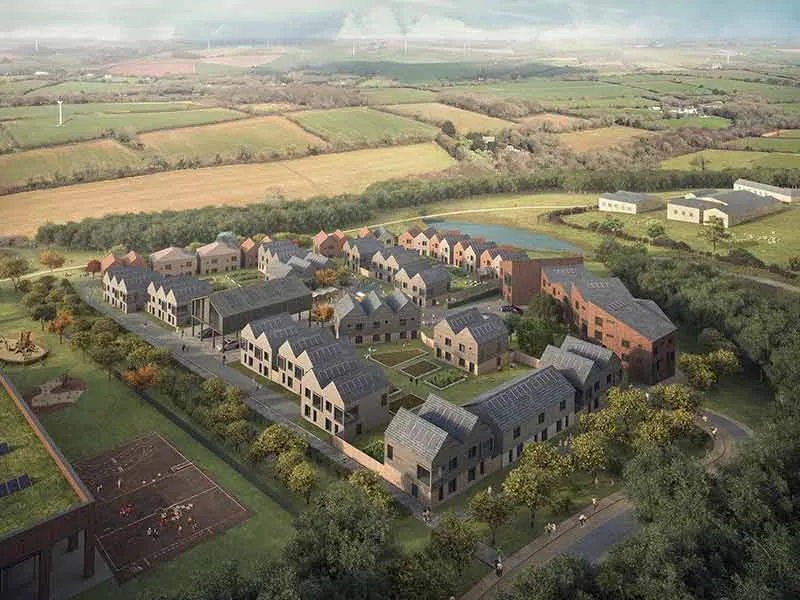
Langarth Garden Village, on the outskirts of Truro, brings a fresh idea to family life and local living. This new development rethinks how housing, nature, and neighbourhoods can work together.
What sets it apart?
- Open spaces woven throughout: Each cluster of homes sits by parkland, shared gardens, and play areas, so children always have a reason to get outside.
- Walking and cycling paths link everything: Leave the car at home. Paths connect homes to shops, schools, and green corners, all within safe reach.
- Wildlife-friendly design: New ponds, wildflower meadows, and tree lines welcome swifts, bees, hedgehogs, and more. It feels less like a housing estate, more like a living park.
- Modern, efficient homes: The houses use less energy, stay warm in winter, and feature plenty of light and space for growing families.
Langarth appeals to people who want a balance between city life and space to unwind outdoors. Families can walk to the village hub, share allotments, or let children roam free in traffic-calmed zones.
For Truro, it’s the shape of new neighbourhoods: linked to the city but with its own strong heart and a fresh focus on green, active, and friendly living. Read our post on the history of garden cities.
Coastal Access and Boat Trips to Falmouth
Living inland in Truro never means feeling stuck away from the seaside. The city sits only 9 miles from the coast, and reaching the water is simpler than you might think.
Getting to the coast is easy:
- Regular boat services run from Truro’s city quay straight to Falmouth.
- Trips take about an hour, winding down the tidal River Fal past trees, creeks, and wide estuary views.
- Ferries depart several times daily, especially in the warmer months.
Once you hit Falmouth and the coast, here’s what to try:
- Beach days: Falmouth boasts sandy beaches just minutes from the ferry stop. Gyllyngvase and Swanpool are family favourites (seasonal dog bans apply, check before visiting).
- Wildlife: Look for herons, egrets, and sometimes seals along riverbanks and rocky outcrops. Keep yourself and dogs away from seals and their pups.
- Seaside cafés and shops: Falmouth’s bustling streets add a splash of colour, with plenty of spots for enjoying a drink or snack, looking over the water.
The regular boat runs turn Truro into a kind of “city by the sea.” With a return ticket in your pocket, you get the best of Cornish life: culture in the city, nature on your doorstep, and the coast just a short cruise away.
Living in Truro – Climate and Lifestyle
Life in Truro blends easy-going routines with a steady hum of local trade and community spirit. Its size keeps things close-knit, while the surroundings and steady weather shape how people spend their days.
From shopping on Lemon Street to strolling the riverbanks or bumping into neighbours at the market, the city feels lively without the usual rush and crowd. Learn what shapes daily life here, from the gentle Cornish rain to the pull of history on the high street.
Oceanic Climate and Weather Patterns
Truro’s oceanic climate is one of its defining features. You can expect mild temperatures, steady rain, and the kind of weather that encourages you to keep a brolly handy but rarely stops you from getting outdoors.
Summers in Truro are warm but not hot. Rarely does the temperature climb above 24°C, which makes days comfortable for exploring city gardens or escaping to the coast. The sea breeze takes the edge off any muggy weather, and sunny spells encourage locals to take to the paths along the River Truro or head to nearby beaches.
Winters bring rain rather than harsh cold. Frost is rare and snow is a talking point if it appears at all. Most winter days stay above freezing, with more drizzle than proper storms. Locals dress for layers, stick to waterproofs, and don’t let a bit of damp stop family outings.
Outdoor pursuits are shaped by this gentle climate. Some highlights:
- Year-round walking and cycling are popular across the riverside trails and through city parks.
- Rowing clubs and sustainable sailors make the most of tides and calm stretches for practice, while hikers explore from the city towards the Roseland peninsula.
- Gardens, allotments, and public flower beds bloom nearly year-round, giving Truro a green edge even in colder months. Read our post on pet-friendly gardens (to avoid toxic blooms in public places).
- Sports clubs play on throughout autumn and spring, battling more drizzle than freezing cold.
The upshot is a city where plans rarely stop for the weather. People duck under canopies if a shower passes but make the most of mild days, whether it’s grabbing a coffee outdoors or walking dogs on the edge of town.
Local Economy and Community Life
Truro wears many hats: shopping hub, market centre, meeting spot, and place where local faces matter. The economy is more than numbers; it’s built from independent businesses, the flow of visitors, and stories that go back generations.
Retail and Markets
Truro’s city centre buzzes with life, thanks to a well-loved mix of chain shops and independent traders. Lemon Street and Pydar Street hold everything from big retailers to quirky boutiques. The Pannier Market off Lemon Quay is a classic: dozens of local stalls under one roof, selling fresh produce, local food, flowers, gifts, and handmade crafts.
Twice a week, farmers set up in town for the Truro Farmers Market. These stalls bring local produce, bakery treats, and fresh veg straight from the countryside. The weekly rhythm of market days has always kept Truro lively and supports nearby growers and makers.
Tourism
As Cornwall’s only city, Truro pulls in plenty of visitors all year. Day-trippers wander in for the cathedral, museum, or just to shop. Peak summer months bring in out-of-county families on their way to the coast. Many visitors stop to eat, visit galleries, or mooch along the river before heading to seaside hotels.
Tourism boosts local cafés, galleries, and boutique hotels. It keeps the streets cheerful and helps seasonal events fill up. You’ll spot everything from open-top buses to cyclists and kayak groups setting off for the river.
Community Life
Despite being a city, day-to-day life here keeps a strong sense of community. Most people bump into someone they know on Lemon Quay or while picking up bread from local bakeries. Local schools, sports clubs, concert bands, and faith groups weave everyone together.
Volunteering is common, with groups looking after green spaces, running charity events, or supporting the city’s cultural life.
The Lemon Family’s Influence
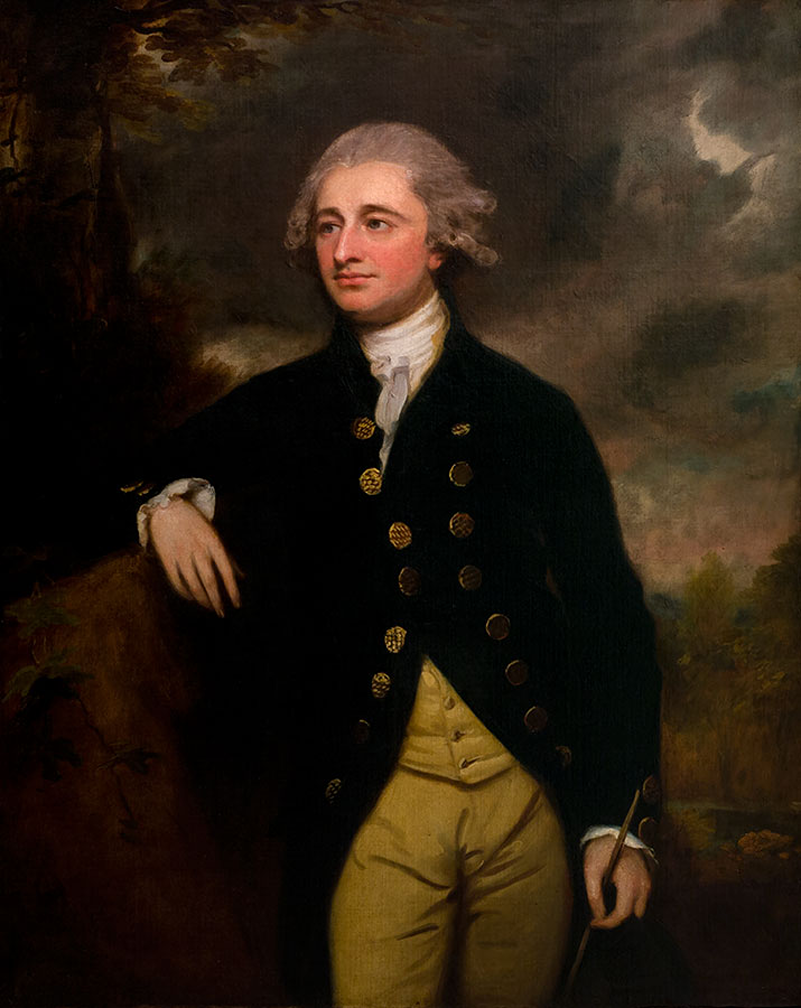
No look at Truro’s economy or politics is complete without mentioning the Lemon family. The Lemons were influential landowners and Members of Parliament for Truro in the Georgian era. Their money built Lemon Street, and much city land once sat under their control.
William Lemon (art by George Romney) was the son and grandson of two other William Lemons (the senior made his fortune in the tin and copper mining industry, and was known as ‘The Great Mr Lemon’ locally). Later elected as mayor and sheriff of Truro, today many places are named after his family (including Lemon Street and Lemon Quay).
His immense wealth led him to buy nearby Carclew, one of England’s lost country houses, which was one of the first to plant seeds to grow rhododendrons from the Himalayans (did you know that rhododendrons are toxic to rabbits? Read more on our post on pet-friendly gardens).
Destroyed by fire in 1934, the building has been derelict ever since (though one wing was taken over by Quakers to house refugees in the late 30s). Today the pond remains (loved by swans) and the gardens are a refuge for native wildlife.
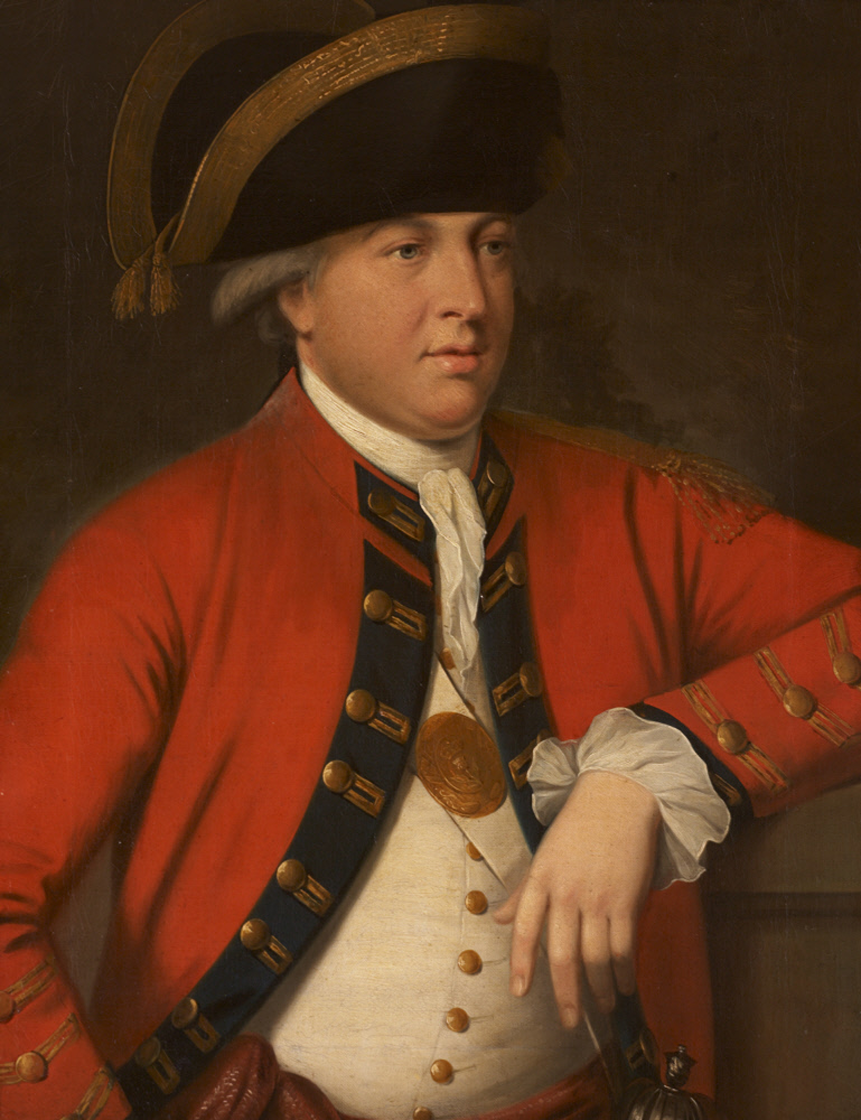
John Lemon (William’s younger brother) was a Truro MP until his death. The Lemon family’s political connections helped steer Truro’s growth:
- The Lemon estates once controlled development on much of the west side of town. They set the rules for how and where new streets and markets grew.
- Their support for Truro’s first public spaces, markets, and even the city’s hospital left a direct mark.
- Street names and memorials are scattered across the city, reminders of the lasting impact of Georgian decisions.
Today, you’ll still hear nods to the family during council meetings or local history tours. While their direct influence has faded with time, the structures they supported and the land they set aside for development still shape how Truro looks, trades, and grows.
Living in Truro means joining a city that remembers where it came from, cares for its local stories, and mixes modern life with a gentle climate and a strong sense of community.
Whether you run a market stall, tend a backyard garden, or open a new indie shop, you’re part of a city shaped by its weather, its people, and the old echoes of families like the Lemons.
Conclusion
Truro has a mix of history, charm, and everyday warmth that sticks with you long after you leave. The city blends old streets, riverside walks, and lively markets, all with the cathedral at its heart.
There’s something about the pace of life and the way people look out for each other that makes it feel different to anywhere else in Cornwall.
If you ever find yourself nearby, make time to wander, have a chat in a café, or listen for the cathedral bells. Truro may be Cornwall’s only city, but it feels as welcoming as a favourite village.
There’s always more to find in its corners, and I hope your own visit brings its own surprise. Thanks for reading—and let me know your favourite Truro moment or what you’re hoping to discover next time.

